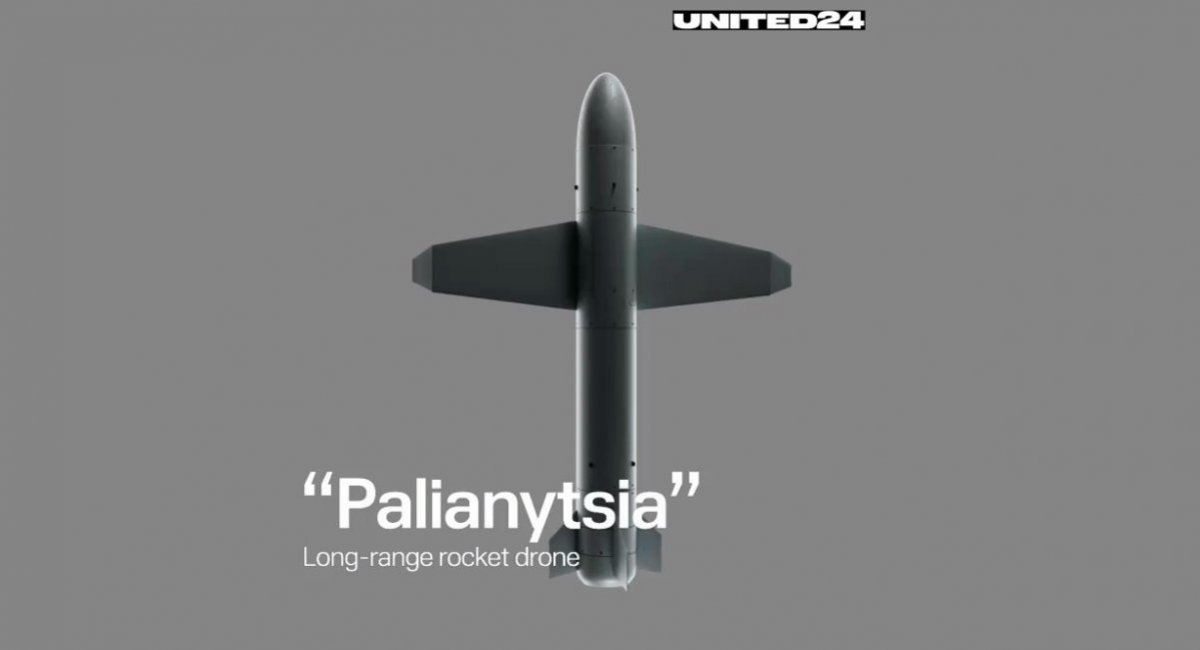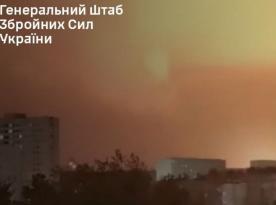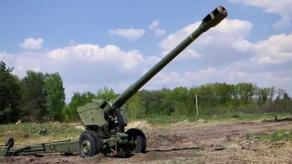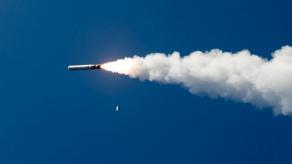Yesterday, during the Independence Day of Ukraine celebrations, President Zelenskyi introduced a new type long-range weapon that Ukrainian forces will use for strikes on enemy airfields and launch sites deep in russian territory. Named Palianytsia, it was described as a "missile drone" or a "rocket drone."
Today, the United24Media government-run news platform shared a video about this development, featuring a few rendered images that shed light on the general layout and concept of Palianytsia, and it looks nothing like the earlier photos reportedly showing this suicide attack aerial vehicle.
Read more: Ukraine Has New Long-Range Weapon: Palianytsia Missile and Drone Hybrid, Already Used
Earlier, a Ukrainian journalist and the Battalion Volunteer charity fund manager Maksym Hlushan shared photos of an unidentified jet-powered Ukrainian drone in development. After the news of Palianytsia, the media started to draw connections between the two, suspecting the photos showcasing Palianytsia or its prototype. But the official render is significantly different.
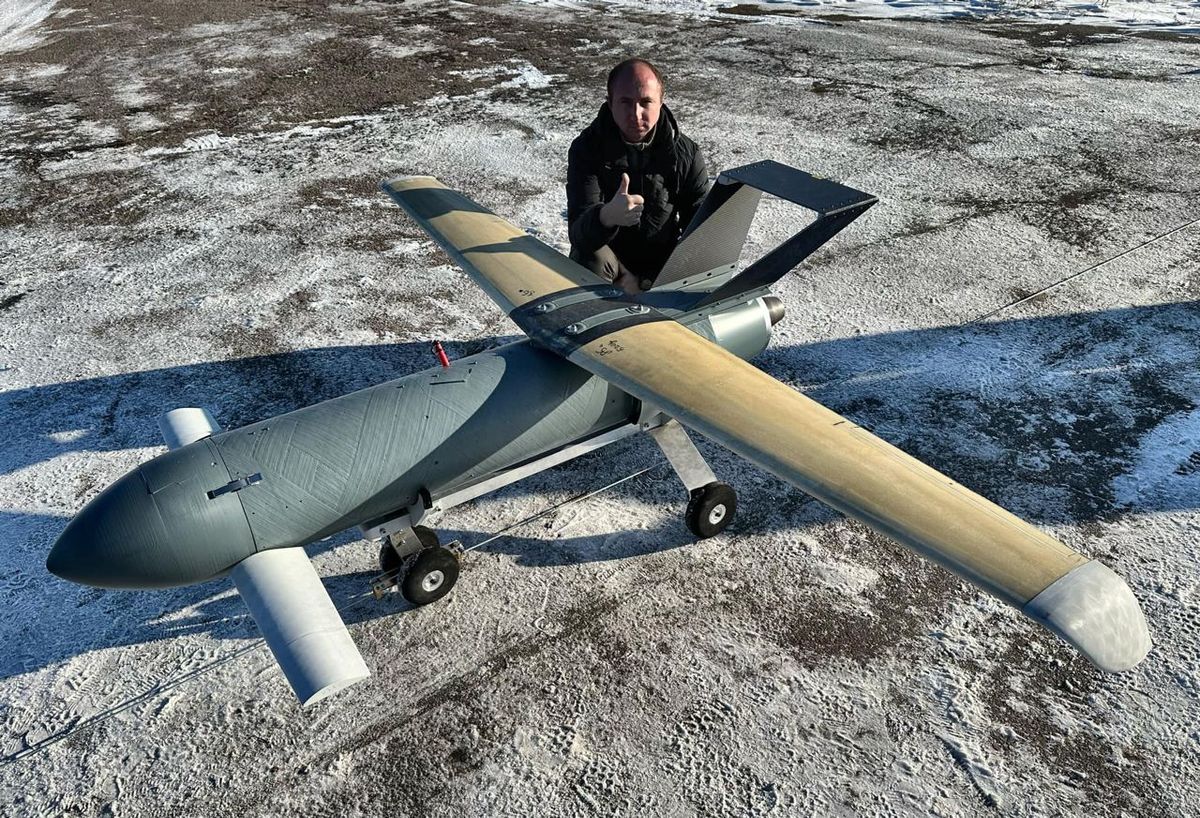
For starters, the aerial vehicle above has the canard wing configuration, with its main wing located closer to the rear, smaller foreplanes in front, and an overboard H-tail. In contrast, the Palianytsia, as illustrated in the video, has a conventional design with a tapered main plane in the center of its body and four small fins in the tail, looking more like a winged rocket.
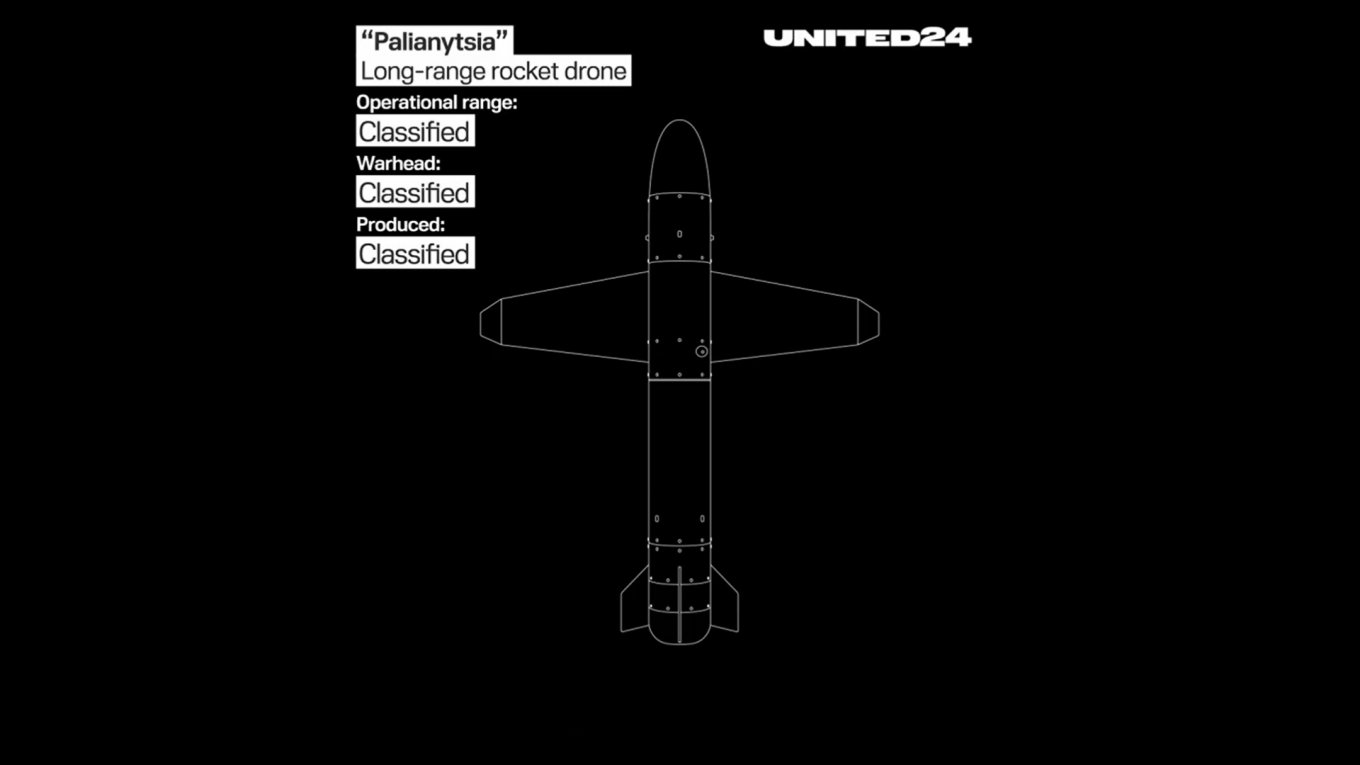
The only thing these two have in common is the canted winglets, although Palianytsia has them facing upward. The launch method differs: Palianytsia is fired from a ground-based system, it cannot take off from a runway.
A vague point is the engine. While the UAV from volunteers certainly utilizes a jet engine, the type of power plant in Palianytsia is unclear: an important part of a jet engine is not visible in the render, i.e. the air inlet. Notably, the weapon is called a "rocket drone," not a "jet drone" (possibly, a translation oversight) and although the idea of using a solid- or liquid-fuel rocket engine sounds interesting, that is not the case here. The video explicitly says it's equipped with a turbojet.

Among other details, the development of Palianytsia took 1.5 years, and it costs "much lower" than counterparts in the category, with prospects of further lowering the expenses as mass production scales up.
The rest of the specifications are classified. The range, too, but it is said to be capable of reaching two dozen russian airfields, the map shows air bases in the Pskov Region, the Savasleyka aerodrome, and Engels, the main operating base of russian strategic aviation.
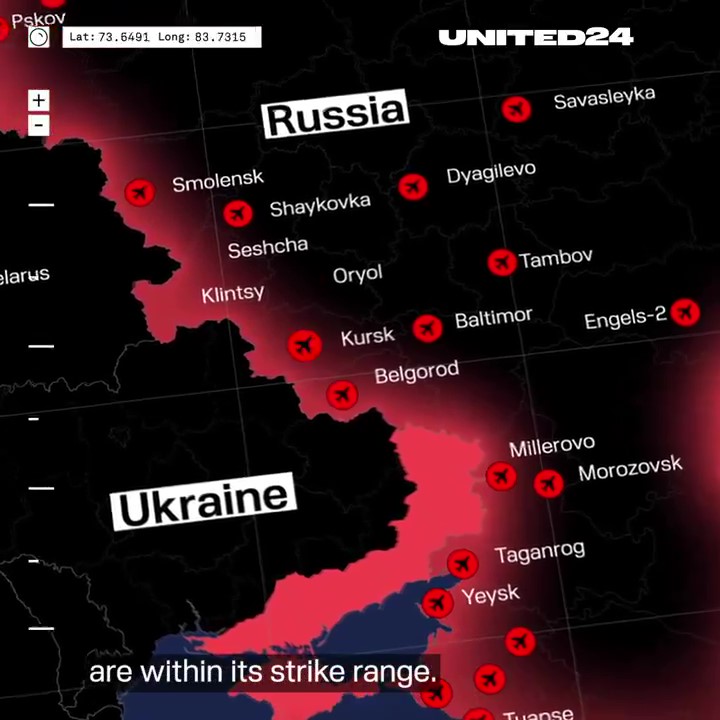
For drones to reach the airfields near Pskov, their operational range should be at least 750 km, roughly the same distance between the frontline and Engels, and about 650 km to Savasleyka. That is, if these are not just fantasies of the graphic designer, Palianytsia is potentially as far-reaching as a short-range ballistic missile.
Read more: Ukraine's Defense Intelligence Attacks Providers and Blocks Dozens of russian Industrial Resources on Independence Day



